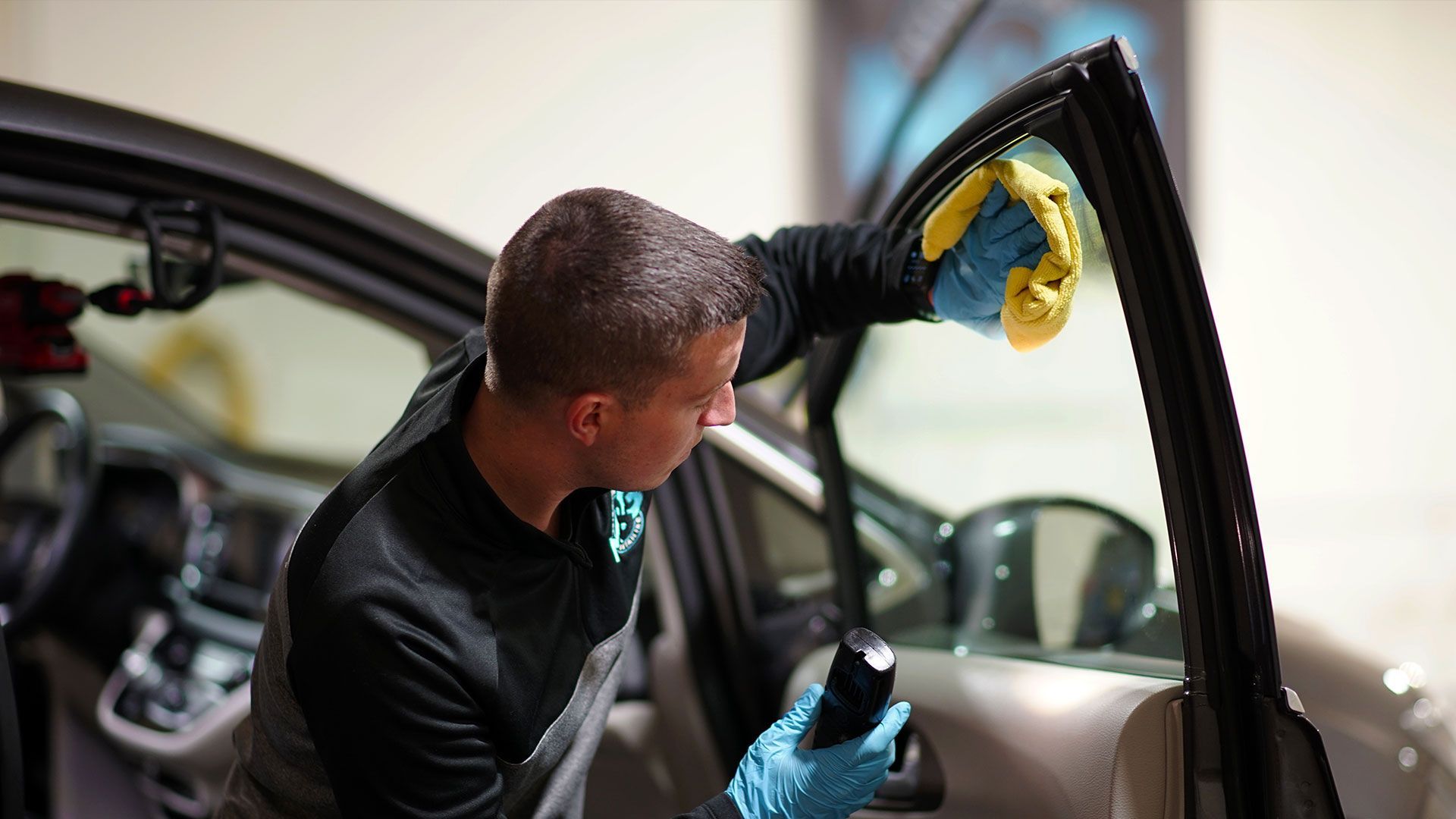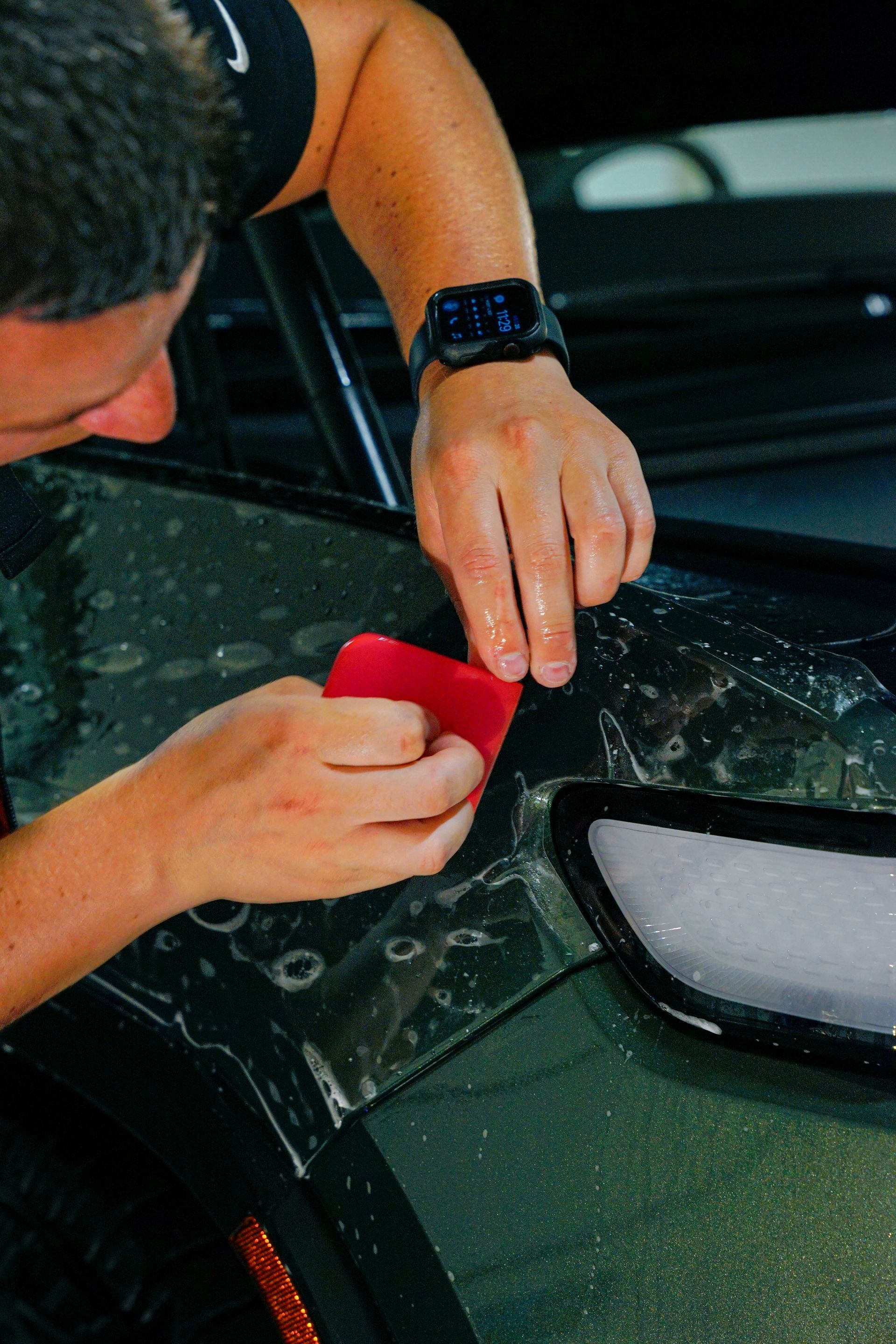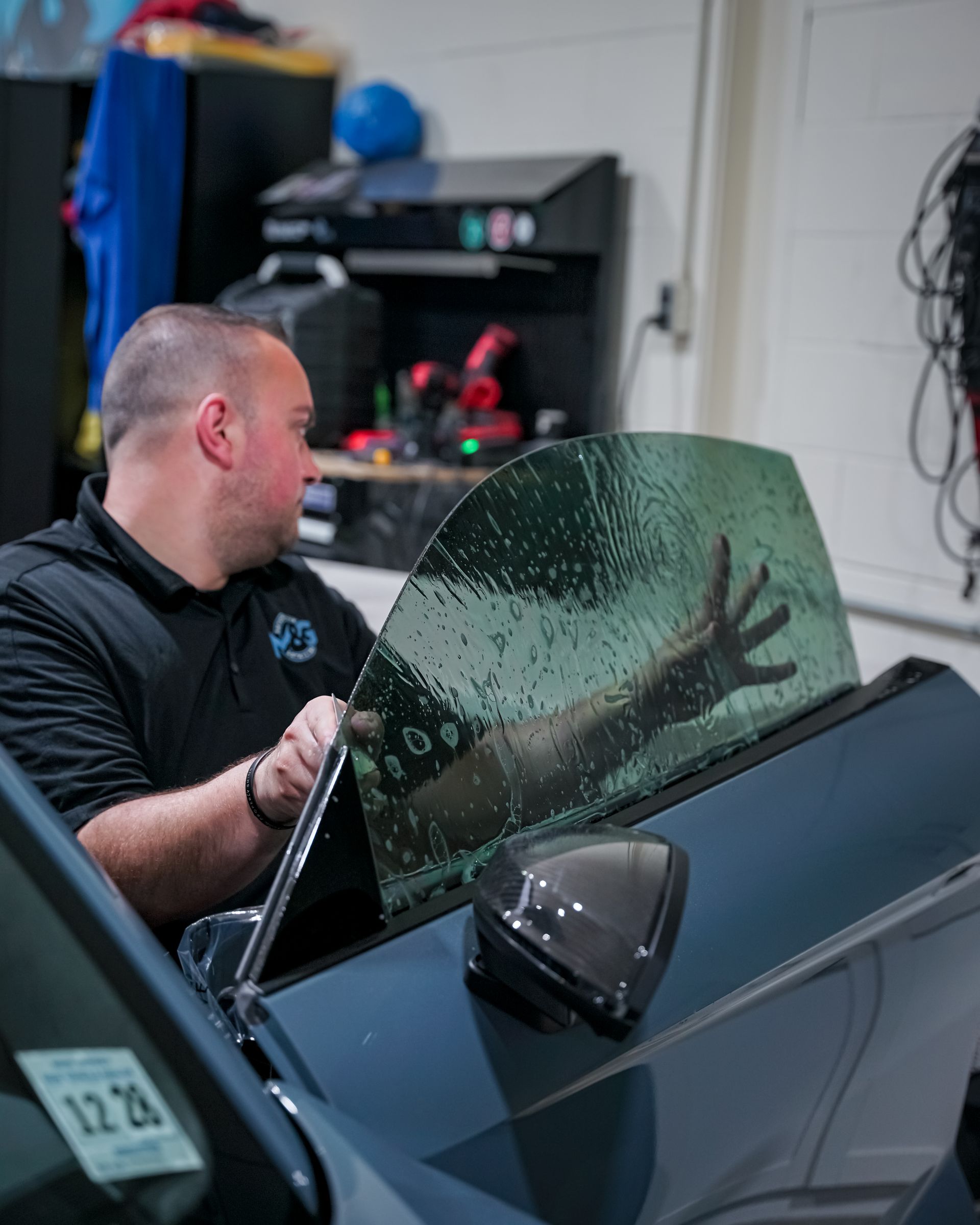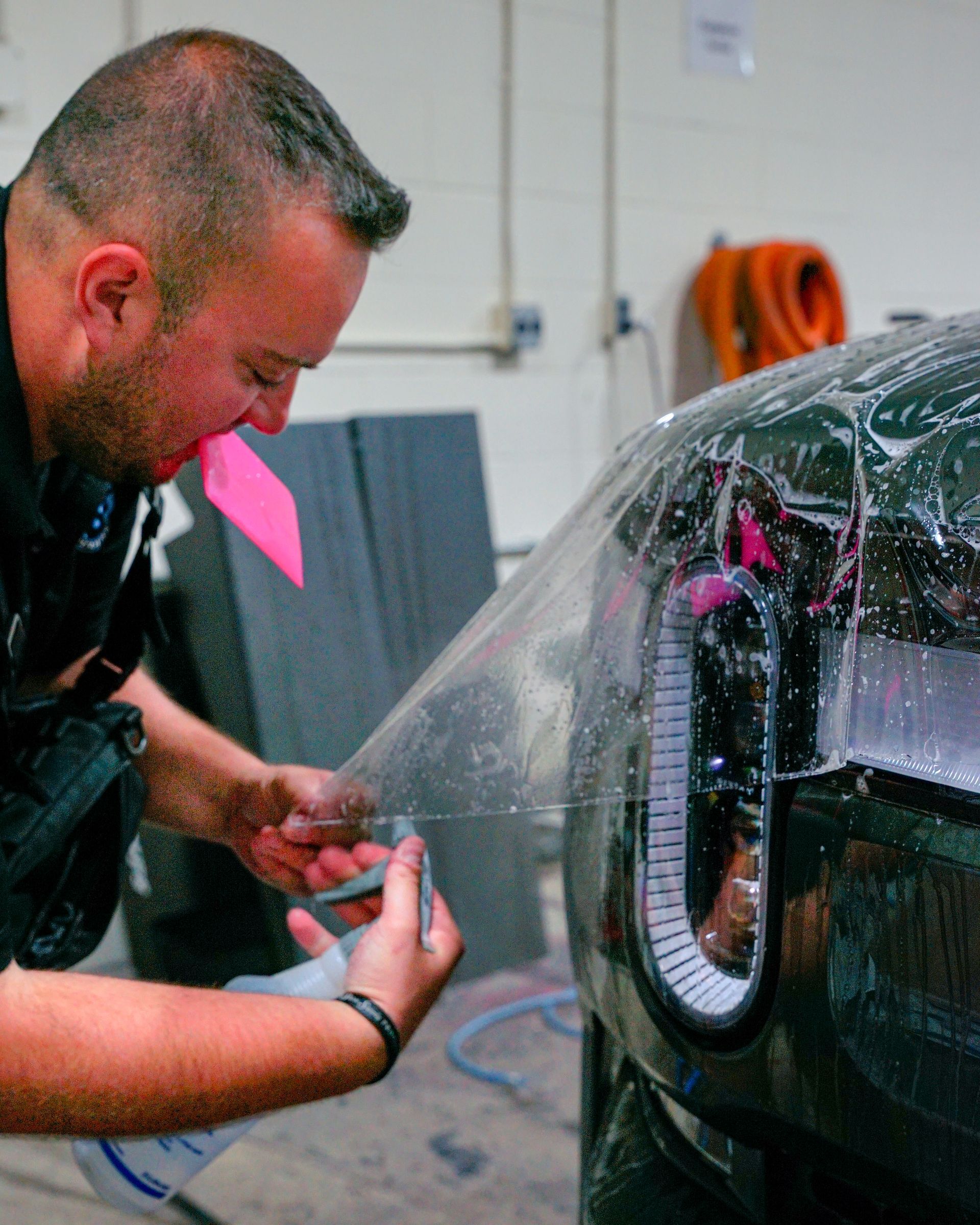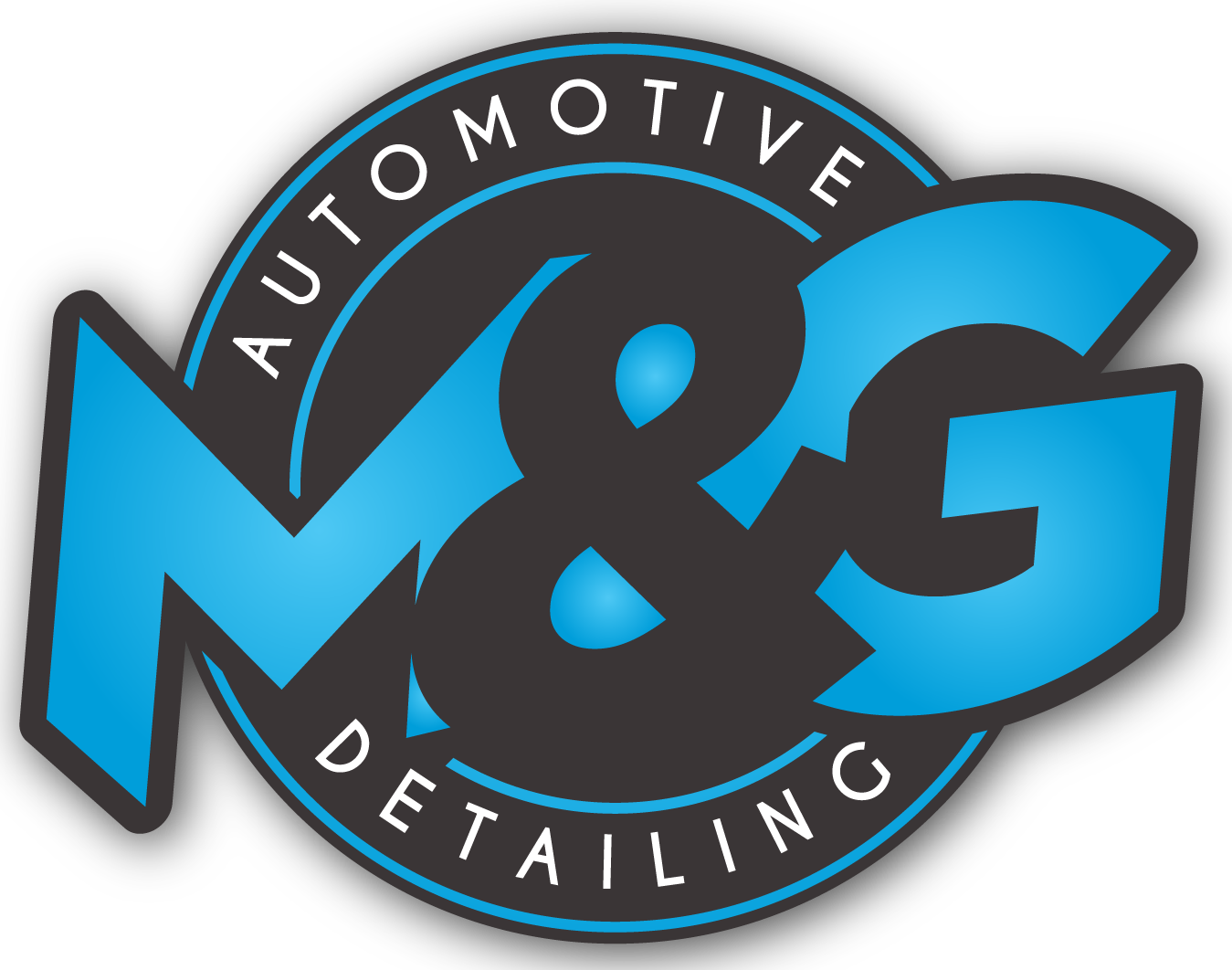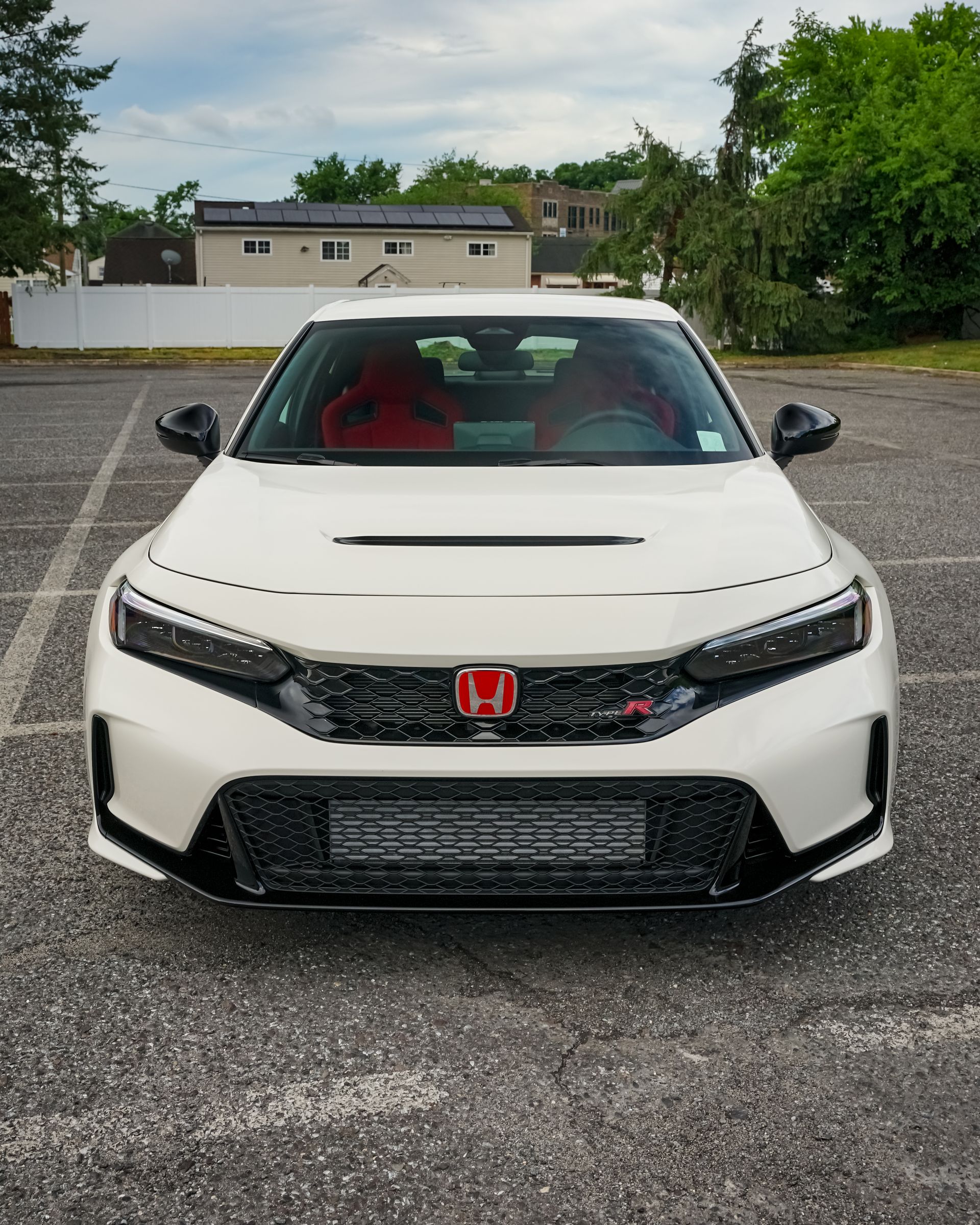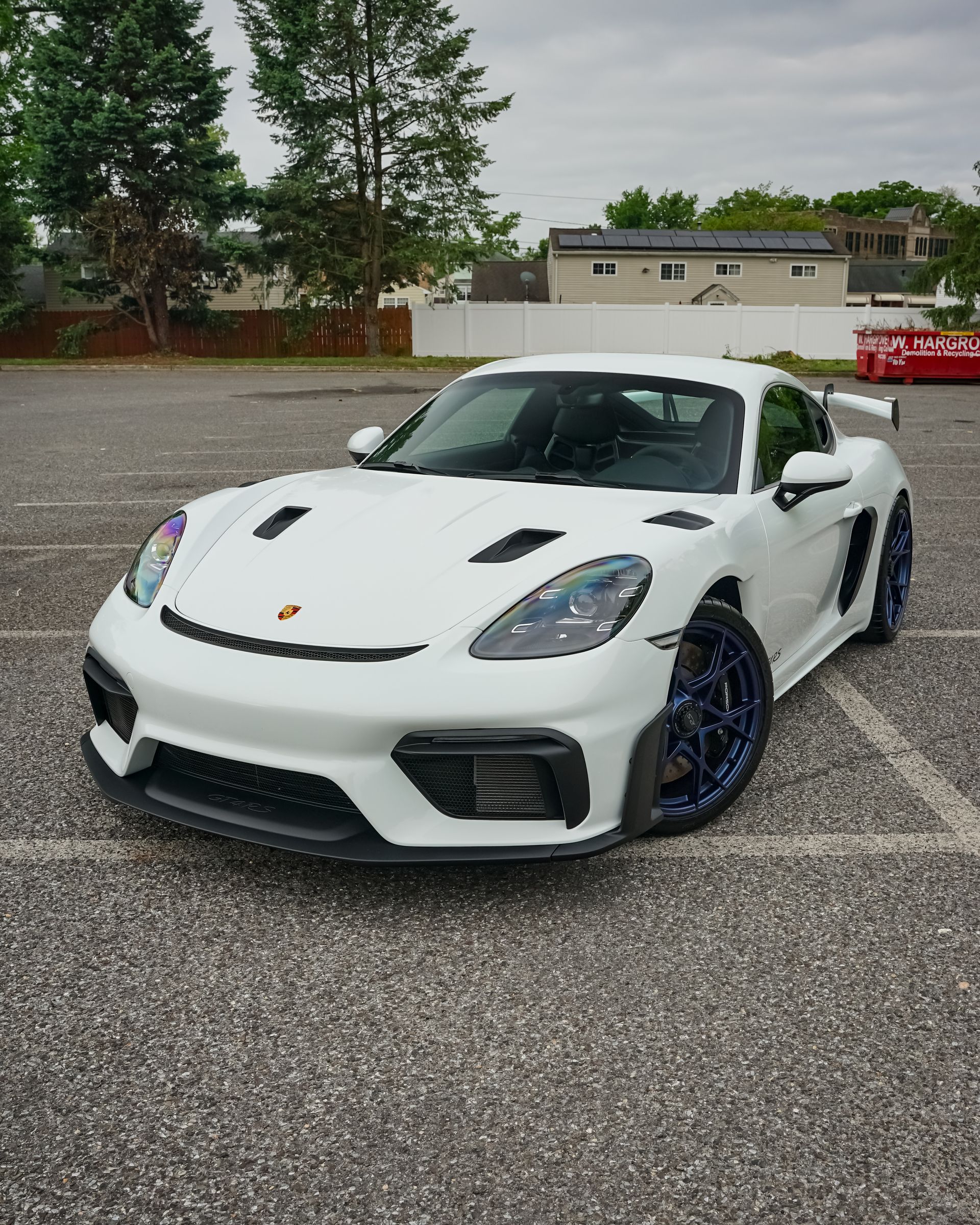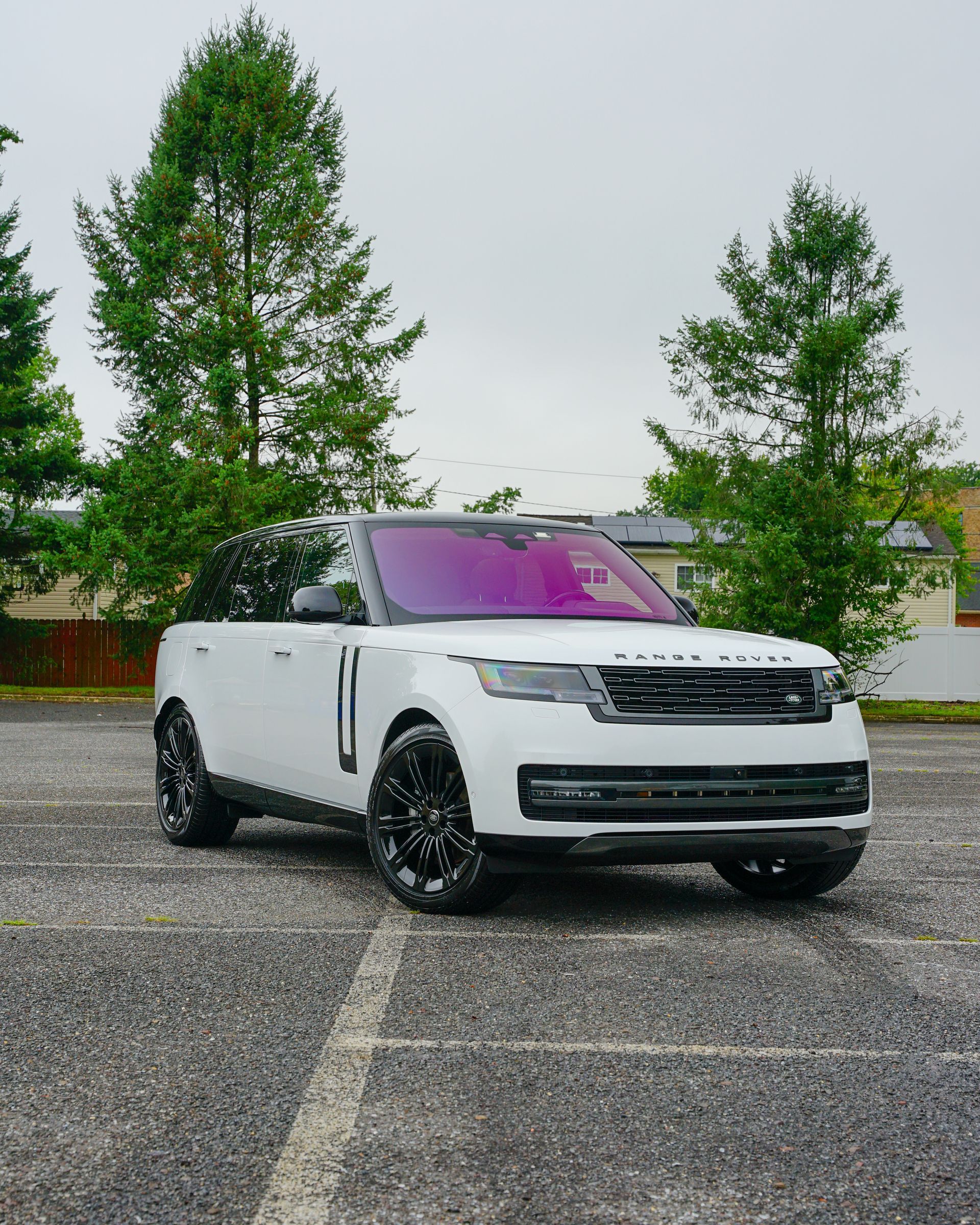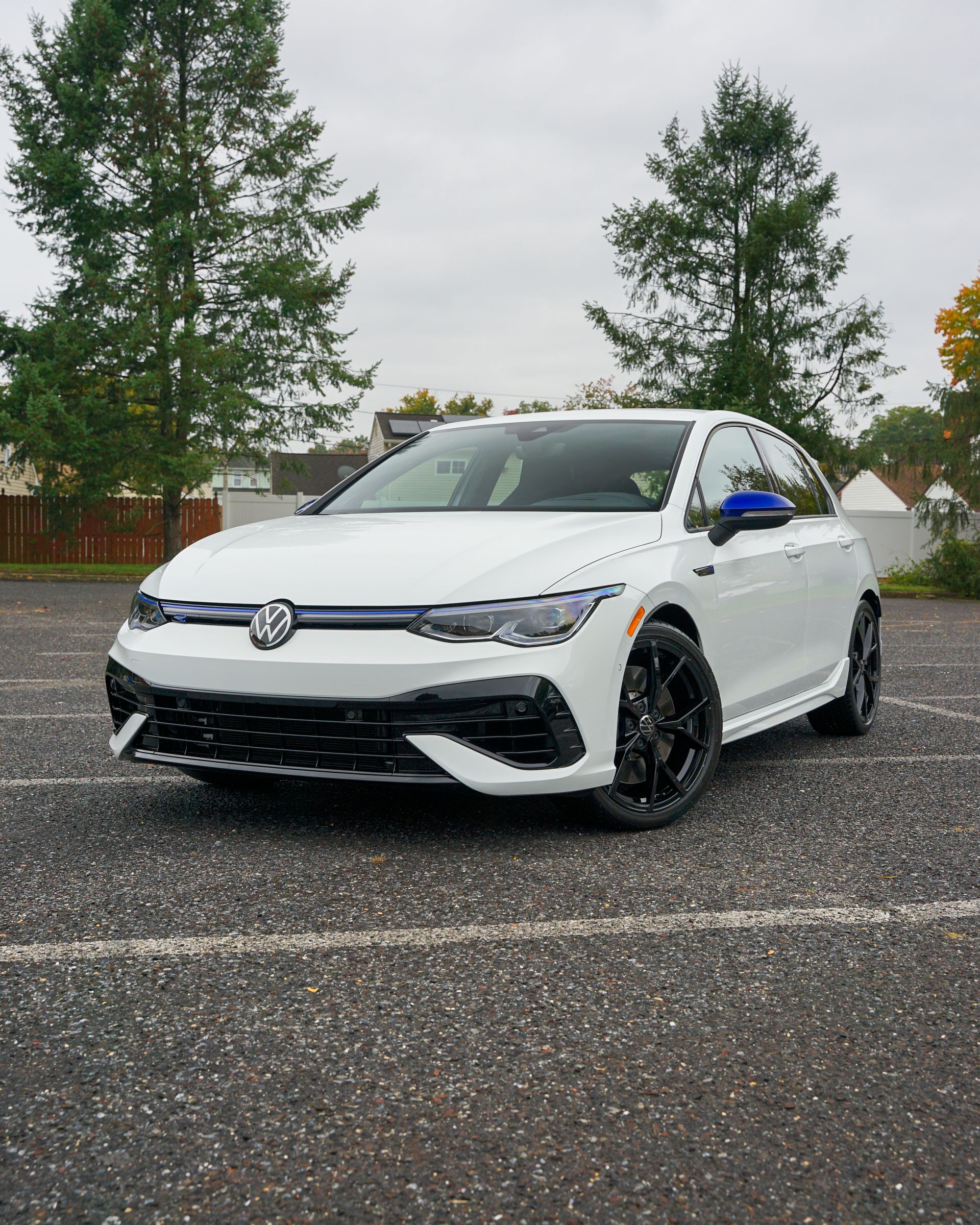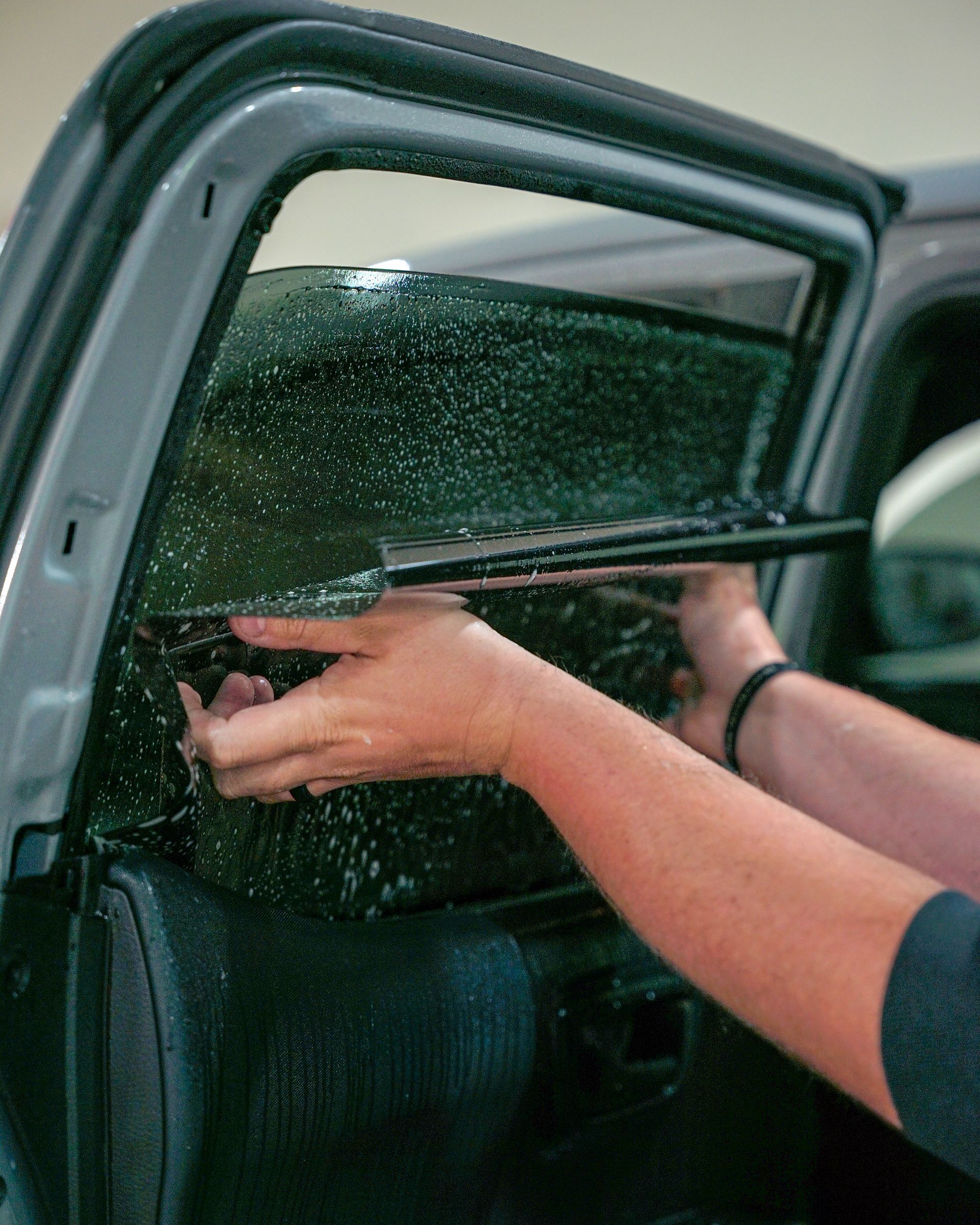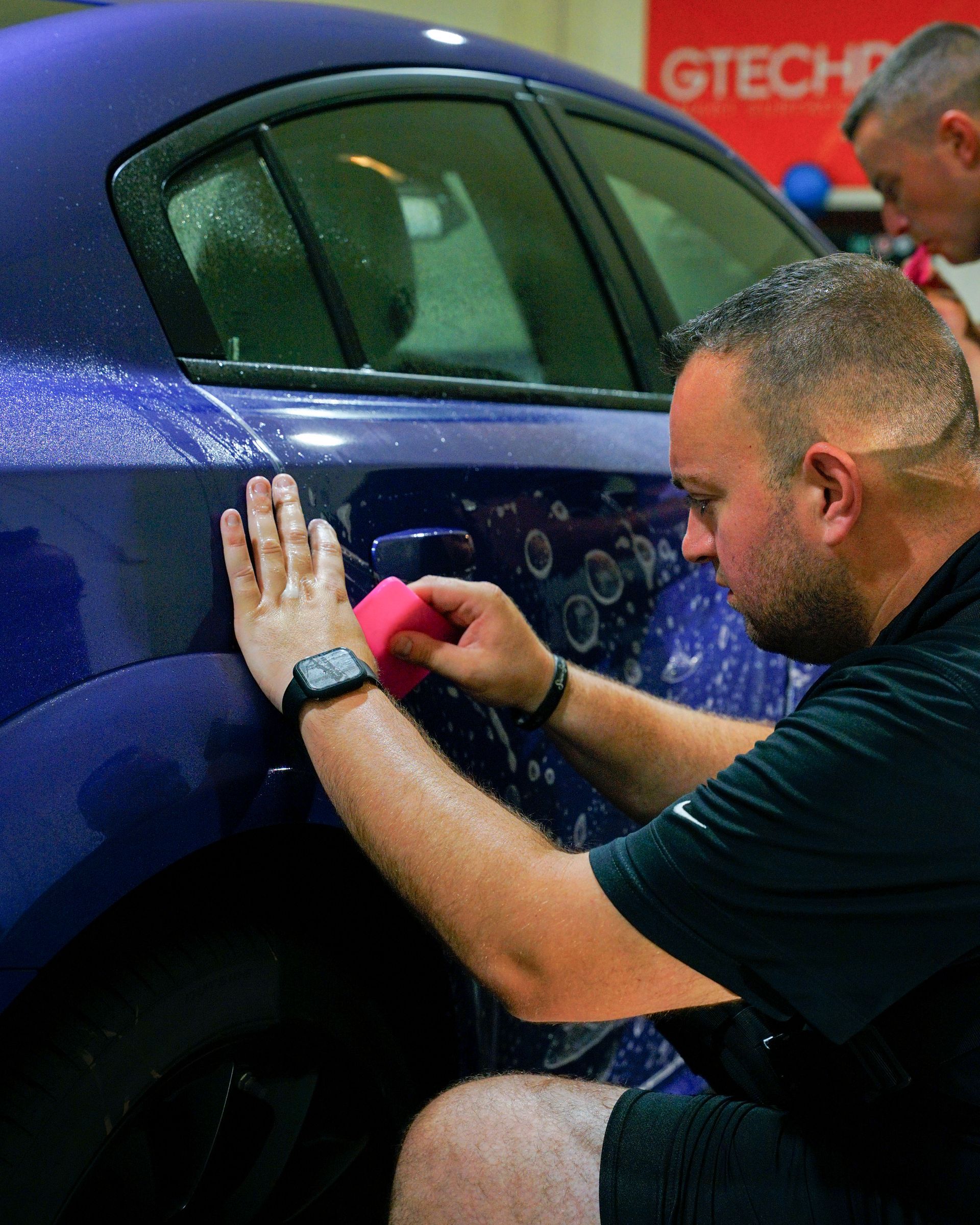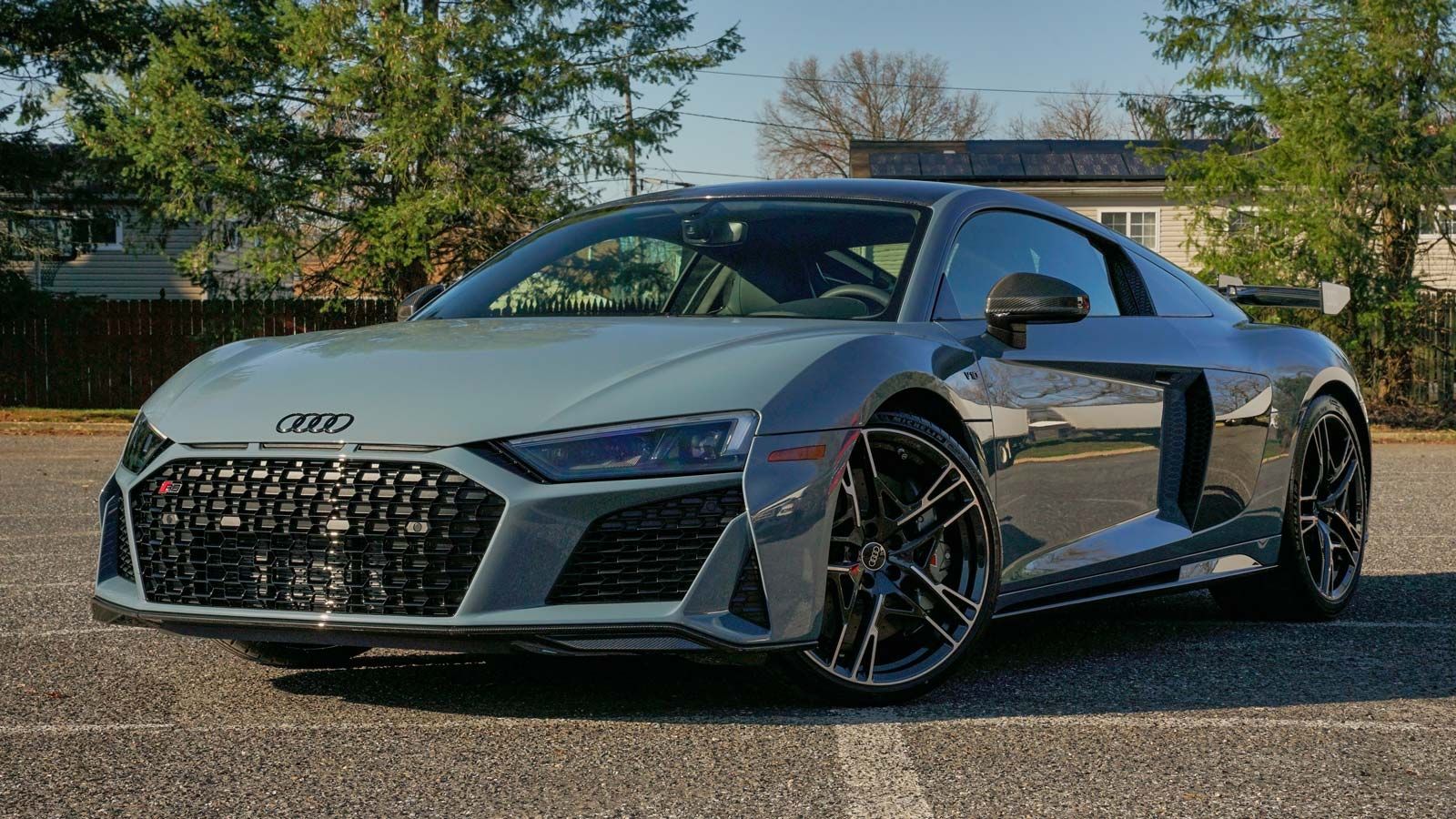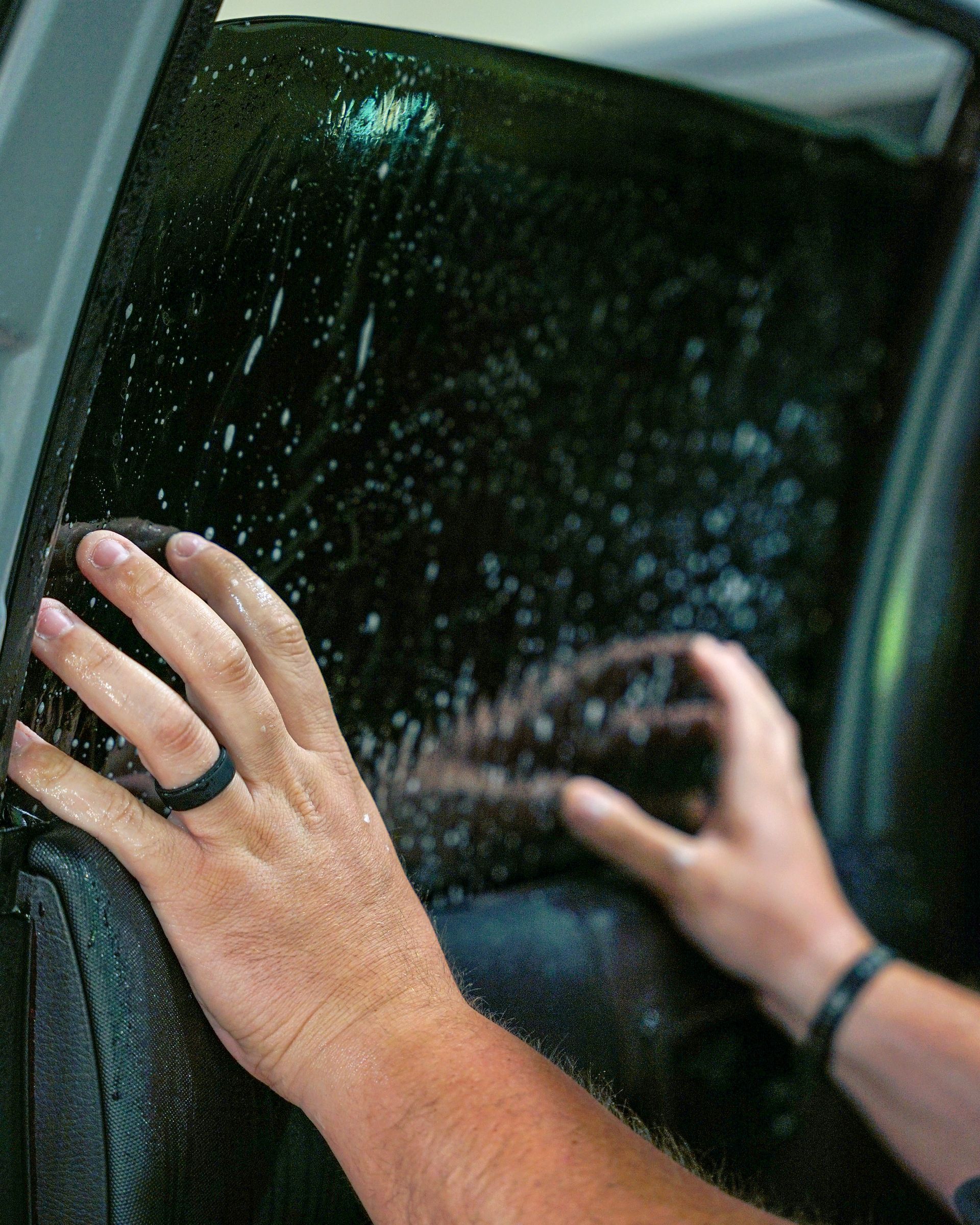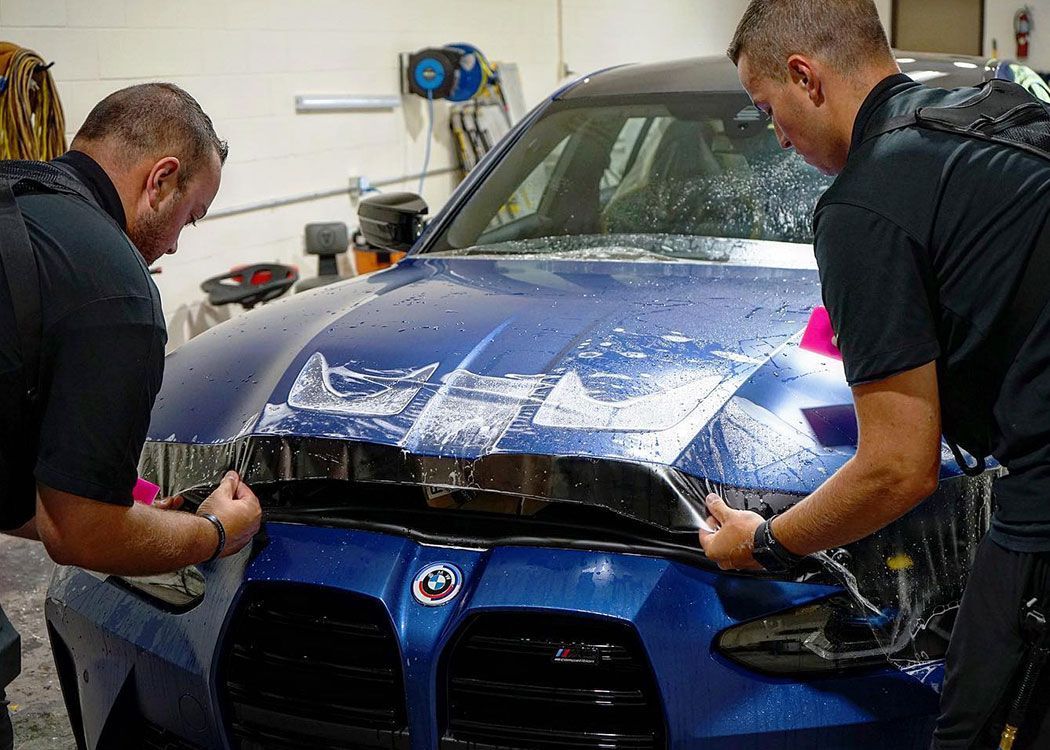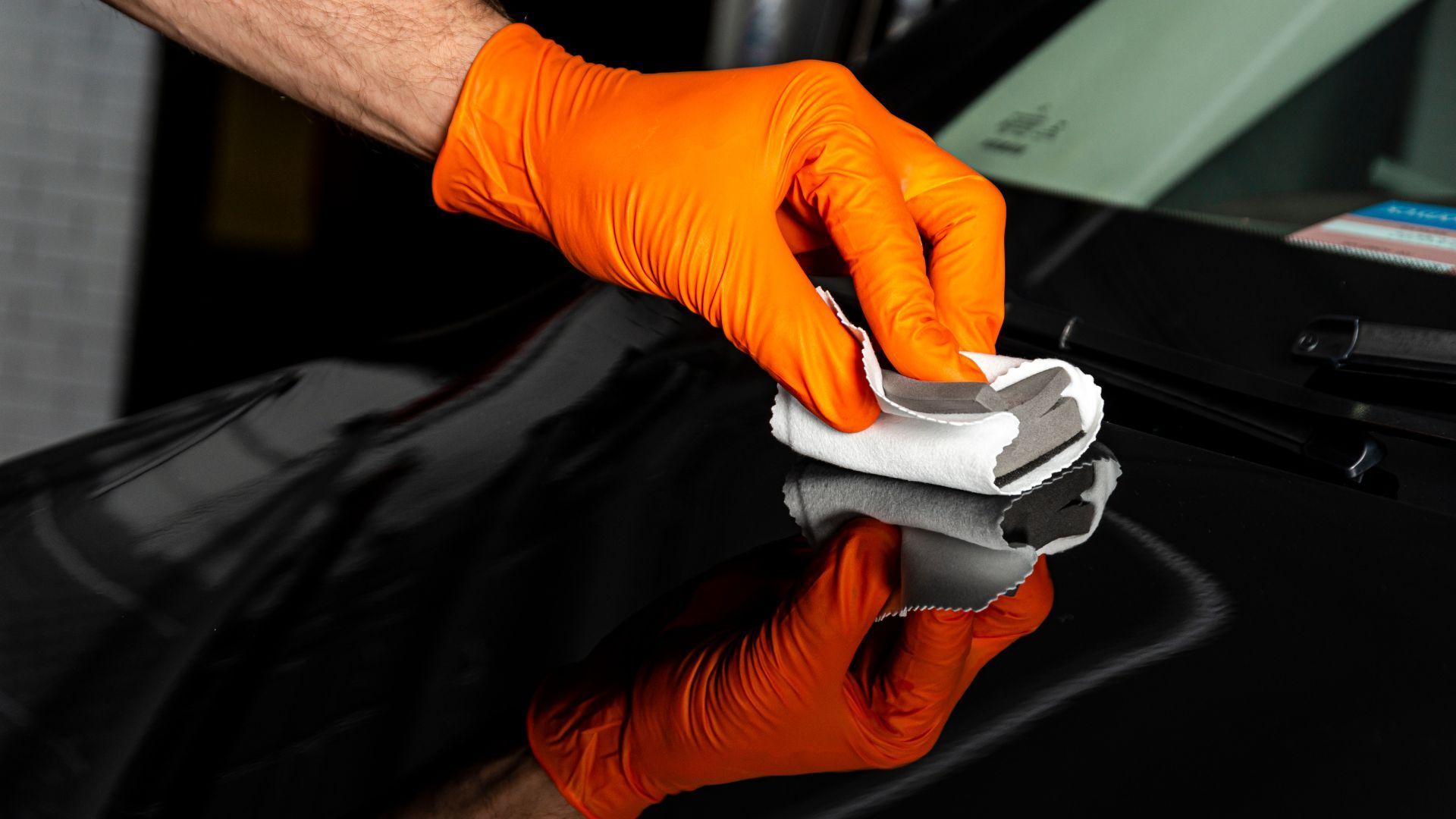Can Ceramic Coating Be Properly Applied to Matte Paint Finishes? A Complete Guide
When it comes to caring for cars, many people picture glossy finishes sparkling in the sun. But what if your ride has a matte finish, known for its unique and stylish appearance? You may wonder if advanced protection methods like ceramic coatings can keep that sleek look while safeguarding against damage. The good news is, yes—they can! However, there are some important considerations to ensure the stunning matte surface remains unaffected. In my own experience with maintaining matte paint, I've learned that using the right products makes all the difference. Let's dive into how you can enjoy both beauty and protection for your matte-finished vehicle without compromising its distinctive character.
Yes, ceramic coatings can be applied to matte paint finishes; however, it is essential to use a matte-specific ceramic coating to maintain the desired non-glossy appearance. This ensures that the coating protects the surface while preserving the unique look of matte paint.
Basics of Matte Paint Finishes
Matte paint finishes have gained traction in the automotive world, captivating car enthusiasts and everyday drivers alike with their sleek, sophisticated look. Unlike traditional glossy paints that gleam brightly under sunlight, matte finishes provide a unique visual appeal by amplifying the shape and contours of the vehicle without distraction. The magic lies in a micro-level texturing process that scatters light rather than reflecting it. Such an effect makes vehicles like the BMW X6 M and Hyundai Ioniq 5 eye-catching but also requires a specific level of care and understanding.
However, this beautiful texture comes at a cost. One of the key aspects to remember about matte paint is its vulnerability. While it may look stunningly smooth and understated, it is significantly more prone to damage. Issues like scratches, stains, and discoloration can occur more readily compared to glossy finishes. As I've experienced firsthand with my own vehicle finished in FE Matte Steele paint, if maintained properly, you can enjoy its beauty while avoiding these common pitfalls.
As for maintenance strategies, developing a thorough understanding of what products to use becomes pivotal for anyone owning or considering matte-finished vehicles. pH-neutral cleaners, specifically designed for such delicate surfaces, will protect against damage while keeping your paint looking pristine. I initially invested around $425 on Gyeon ceramic products crafted specifically for matte paint to enhance durability further and shield against contaminants and UV rays; this investment has proven worthwhile over 1,800 miles driven without any visible marks when properly maintained.
Keeping your matte finish clean and intact doesn't require excessive time or expense; it's about knowing how to care for it effectively. Regular cleaning every few weeks will not only sustain the aesthetic appeal but can extend the life expectancy of the finish as well. Lastly, it's essential to recognize that while matte paints often come with unique beauty and elegance, they also pose challenges should repair be necessary down the line. For instance, matching colors for repairs can be considerably more complicated than with glossy finishes due to the variability in hues. Therefore, implementing solutions like Paint Protection Film (PPF) on vulnerable areas can provide an added layer of defense against environmental wear and tear—an avenue wisely taken by many proud matte finish owners.
As we explore the intricacies of maintaining matte finishes, understanding their protective enhancement through specialized coatings serves as a critical next step in ensuring lasting allure and performance.
Understanding Ceramic Coatings
Ceramic coatings are not just a new trend; they represent a significant advancement in vehicle protection technology. These liquid polymers bond chemically with your vehicle's factory paint, creating a robust layer of protection that keeps your car looking pristine. Think of it as building an invisible shield around your precious matte finish. When applied correctly, this shield guards against the elements, keeps dirt from embedding itself into the surface, and enhances the durability of your paint.
One standout feature of ceramic coatings is their impressive hydrophobic properties. This means that when water hits the surface, it beads up and rolls off, taking dirt and grime with it. Imagine driving through rain: instead of droplets clinging stubbornly to your car's exterior, they slide away, leaving a clean surface behind. Studies reveal that surfaces treated with ceramic coatings achieve contact angles exceeding 100 degrees, making them incredibly effective at resisting water and contaminants.
Composition and Types
At the heart of these coatings lies Silicon Dioxide (SiO2). The level of SiO2 concentration directly affects the coating's strength—it’s like having a higher quality paint that stands up better over time. A more concentrated formulation can amplify protection and longevity. Some manufacturers offer advanced combinations that include Titanium Dioxide (TiO2) for enhanced hardness and reflectivity. However, it's essential to exercise caution when using these on matte finishes; the additional gloss can ruin the look you’re aiming for.
While the protective benefits are clear, the application process is where many vehicle owners encounter questions. A well-applied ceramic coating isn’t just about slapping on some product; it requires precision, patience, and attention to detail for optimal results.
Post-application care is another vital aspect to consider. The manufacturer recommends washing your vehicle every three weeks to maintain that hydrophobic magic and prevent buildup that could harm your finish. Using Gyeon’s after-wash maintenance spray every six weeks helps prolong the life of the ceramic coating—a small commitment that yields significant rewards in longevity and appearance.
Ceramic coatings serve as a fortress against dirt, grime, UV rays, and minor scratches while preserving your unique matte aesthetic. Choosing a high-quality product specifically designed for matte finishes and committing to regular maintenance practices allows you to enjoy a stunning vehicle that stands out for all the right reasons. As we move forward, understanding how these coatings interact with matte finishes will unveil critical considerations for potential users.
Compatibility with Matte Paint
A common concern among car enthusiasts is ensuring that their beloved matte paint retains its unique, understated beauty while benefiting from advanced protection offered by ceramic coatings. The traditional ceramic coatings you often hear about tend to add a glossy finish that can completely alter the intended aesthetic of matte surfaces; however, specialized matte-specific ceramic coatings are formulated to maintain the non-reflective appearance that makes these finishes so appealing.
These tailored products are designed with a keen understanding of the delicate balance required to enhance and protect matte paints without compromising their distinct look. Reputable brands have emerged as leaders in this niche market, developing proprietary formulas that offer exceptional durability and resistance to environmental contaminants while preserving that coveted flat finish. While many enthusiasts appreciate the protective qualities of these coatings, it's essential to address some differing opinions on their necessity.
Some argue against using any coating at all because they believe no synthetic product can fully replicate the natural aesthetic of an uncoated matte finish. This perspective often stems from a desire to honor the authentic design of matte paints. However, practical considerations for daily drivers frequently make ceramic coatings an attractive option since they provide an added layer of protection against scratches, UV rays, and chemical stains that could harm the vehicles’ surfaces over time.
The choice comes down to balancing aesthetics with practicality—something every car owner must consider. If you love your matte finish but want to keep it looking pristine with minimal hassle, investing in those specialized coatings can save you effort in the long run. By adopting appropriate maintenance techniques alongside these coatings, such as avoiding automatic car washes and using dedicated cleaners like Dr. Beasley’s Matte Wash, you can continue to enjoy your unique vehicle style while keeping it well-protected and maintained.
As we explore the multifaceted advantages these innovative solutions provide, it becomes clear why many are turning towards enhanced protection methods.
Benefits of Ceramic Coating on Matte
One significant advantage of applying ceramic coating to matte finishes is the barrier it creates against scratches and minor physical damage. Daily driving exposes your vehicle to various hazards, including small rocks, debris from the road, and careless brushes against other surfaces. With ceramic coating, those minute marring and scratches can become a thing of the past because this durable layer effectively absorbs some of that impact. Think of the coating as a shield, preventing those annoying little blemishes from ruining your car's aesthetic.
In addition to offering protection, applying ceramic coatings can dramatically simplify your car-cleaning routine. With its hydrophobic properties, liquids don't just sit on the surface; instead, they bead up and roll away, taking dirt and grime with them. So when it rains or after a muddy drive, instead of scrubbing hard and risking damage to your matte finish, you'll find that a gentle rinse is often sufficient for maintaining cleanliness. This efficiency not only saves time but also prevents unnecessary wear on your car’s paint.
Another noteworthy benefit lies in how ceramic coating enhances the overall visual appeal of the vehicle. While some may worry about glossiness tarnishing the unique matte finish, advanced formulations allow for a treatment that retains that distinct look without adding shine. In fact, ceramic coatings can help to enrich the existing color of matte paints—a subtle increase in saturation that still honors its original character.
Moreover, proper application ensures that any fade caused by UV damage over time is minimized significantly. Extended exposure to sunlight can lead to a loss of color vibrancy; however, a quality ceramic coating offers an additional layer of UV protection, allowing your vehicle to look fresh and well-kept longer. Transitioning from these benefits opens the door to exploring how to effectively apply this protective measure for your car's unique finish.
Step-by-Step Application Guide
- Proper Preparation: Start by cleaning the car thoroughly with a pH-neutral soap. This step cannot be overstated; the goal here is to remove all dirt, grease, and contaminants that could interfere with the bond between the coating and the paint surface. Think of this as clearing the canvas before you begin painting a masterpiece—if it's not clean, the result won't reflect your efforts. Once the car is pristine, your focus should shift to scrutinizing the paintwork.
- Surface Inspection: The next step involves a detailed surface inspection. Take your time as you look over the entire vehicle for any imperfections such as scratches, water spots, or swirl marks. These flaws can diminish the overall appearance of your matte finish after applying the coating. For minor imperfections, use a non-abrasive polish specifically created for matte finishes. This is crucial because it allows you to correct issues without introducing unwanted gloss. Think of it like smoothing out wrinkles on a garment before putting it on—those small adjustments will significantly enhance your final look. With a flawless surface prepared, we can now move on to the application phase.
- Application: Employ an applicator pad and work in small sections at a time. This ensures even coverage and helps avoid streaks or uneven patches, which can be particularly noticeable on matte paint. Carefully follow the manufacturer’s recommendations regarding how long to allow each section to sit before wiping off excess product. When applied correctly, you're essentially enveloping your car in a protective layer that preserves its unique finishes while enhancing its durability. As exciting as it is to see your vehicle start to shine, patience is key from here on out.
- Curing: After applying the coating, allow it to cure according to the specific guidelines, usually around 24-48 hours. During this crucial period, keeping your vehicle indoors is highly recommended as it protects it from dust, moisture, or other contaminants that could compromise the coating's effectiveness. Imagine if you baked a cake only to stick it outside in a windy storm while it cooled—your hard work would be ruined!
By meticulously following these steps, you'll be well-equipped to maintain that stunning matte finish, setting the stage for exploring various options that stand alongside ceramic coatings for further protection of your vehicle's exterior.
Alternative Protection Methods
If you find that ceramic coatings feel too permanent or are too much of an investment, don’t worry; there are multiple avenues available to protect your vehicle's matte paint without sacrificing style or breaking the bank. One compelling option is Paint Protection Film (PPF), which offers a robust layer of security while allowing the unique matte finish to shine through. This thick, clear film is applied directly onto the surface of your car and guards against scratches and minor abrasions effectively.
The appealing aspect of PPF is its removability—if it gets damaged, it can be replaced without fuss. So, if you've got kids and pets or frequently visit bustling areas where door dings are common, this could be your best bet. In addition to PPF, there are sealants and waxes designed specifically for matte finishes. Though they may not offer the same level of durability as ceramic coatings, they still serve well as temporary protection. Ideal for those who want to maintain their car’s protective features without recurring heavy expenses, these products are generally simpler to apply and can be reapplied more frequently.
The beauty of these options lies in their flexibility. You’re not locked into a single approach; instead, you can mix and match based on your needs. It’s also essential to incorporate regular maintenance into your routine. Simple guidelines like frequent washing using pH-neutral soaps specifically designed for matte finishes, coupled with outdoor protection—such as a car cover—can significantly enhance the longevity of its appearance. For those moments between washes, spot cleaning agents tailored for matte surfaces allow you to address any blemishes before they become more serious problems.
Ultimately, how you decide to protect your paint will depend on lifestyle factors, budget constraints, and the overall usage of your vehicle. By understanding what's available, you can make informed decisions that keep your matte finish looking fresh while providing necessary protection against everyday wear and tear.
In considering alternative protection methods for matte paint finishes, you have options that suit both your aesthetic preferences and practical needs. Each method offers varying degrees of protection while maintaining the character of your vehicle.
Premier Ceramic Coating Services in Cherry Hill, NJ
When it comes to preserving your vehicle’s pristine appearance, M&G Automotive Detailing provides top-tier ceramic coating solutions that stand the test of time. Their expert team uses high-performance coatings to guard against environmental contaminants, scratches, and UV damage, ensuring your car stays looking sharp. Enjoy long-lasting protection and a stunning finish that will keep your ride looking brand new. Let M&G Automotive Detailing enhance your vehicle’s durability and shine with their advanced ceramic coating services in Cherry Hill, NJ.
